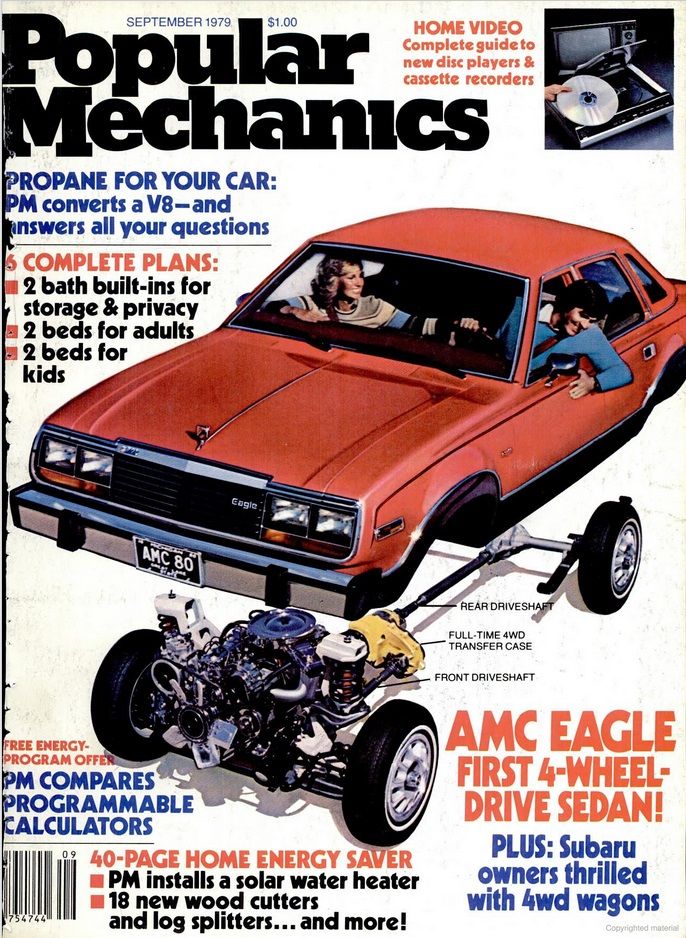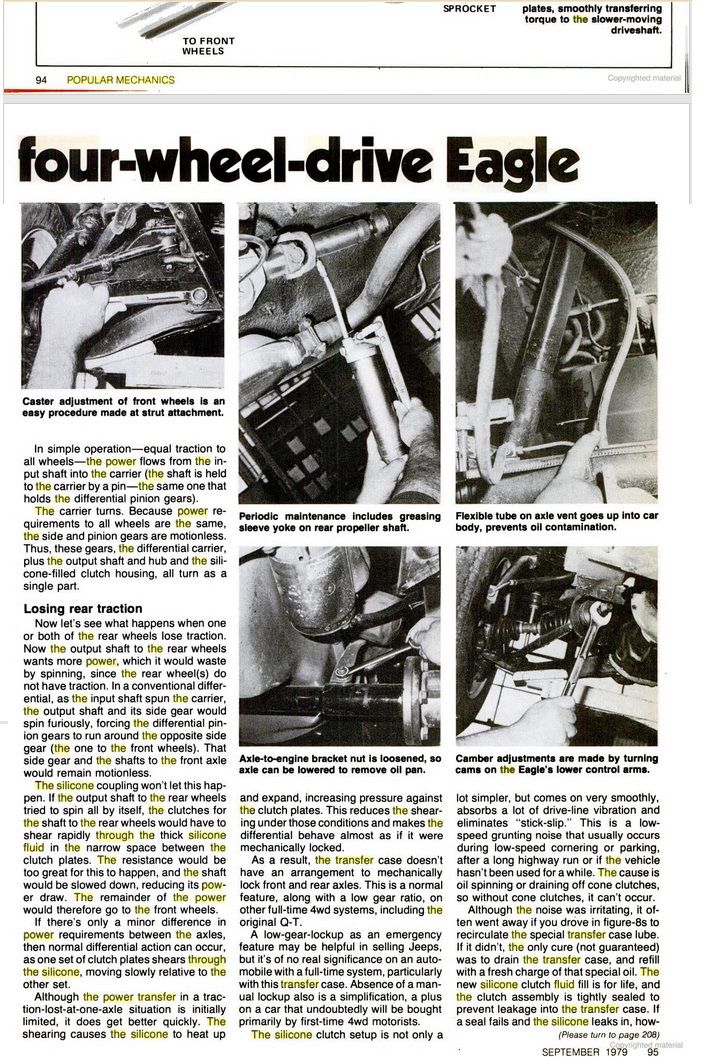The dual-pot master cylinder is an ingenious device. The secondary master is hydraulically driven from the primary so that pressure remains equal despite different flow requirements from mismatched front and rear brakes. If the secondary fails then the piston will bottom out in the bore which allows the primary to still build pressure. If the primary fails then it will bottom out on the secondary piston so the secondary will still build pressure. It all sounds great, in theory.
Is it just my experience or does the theory not hold up to actual practice? Thinking back to all the times I've had brake failures, in every case the pedal went to the floor and I had no brakes. Not once did only half of the system stop working and the brake light in the dash come on.
Has anyone had a text book failure where one half of the system goes out, the dummy light comes on, and you are able to make it home safely on the remaining half that is still functioning?






 Reply With Quote
Reply With Quote












Connect With Us